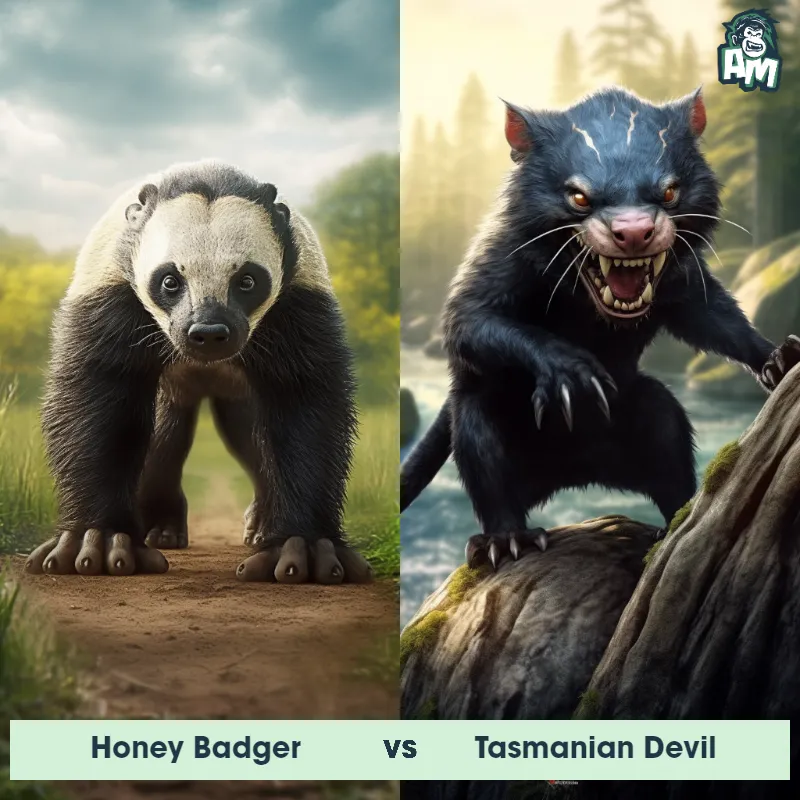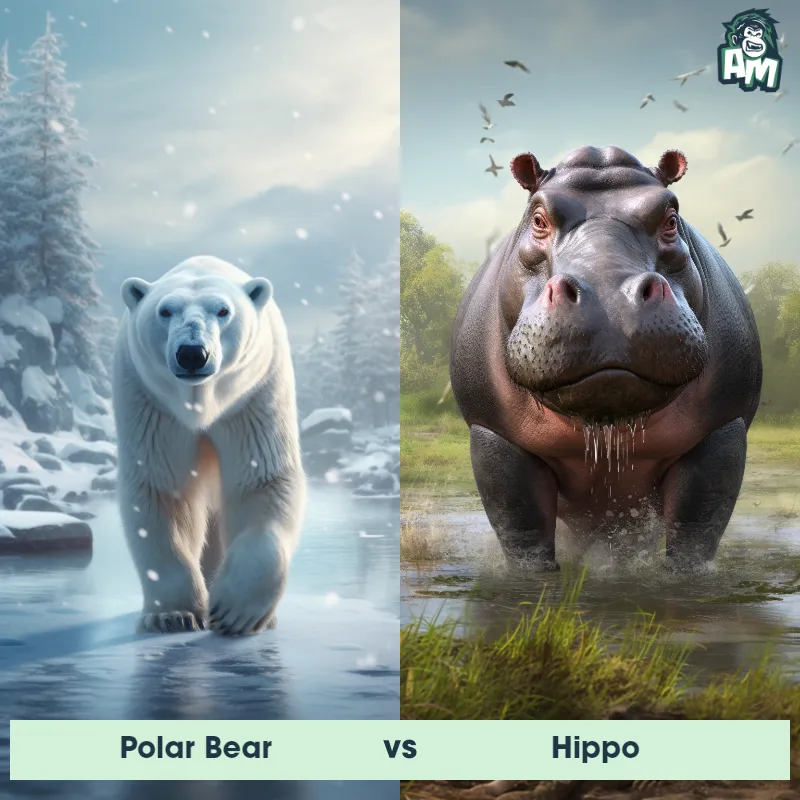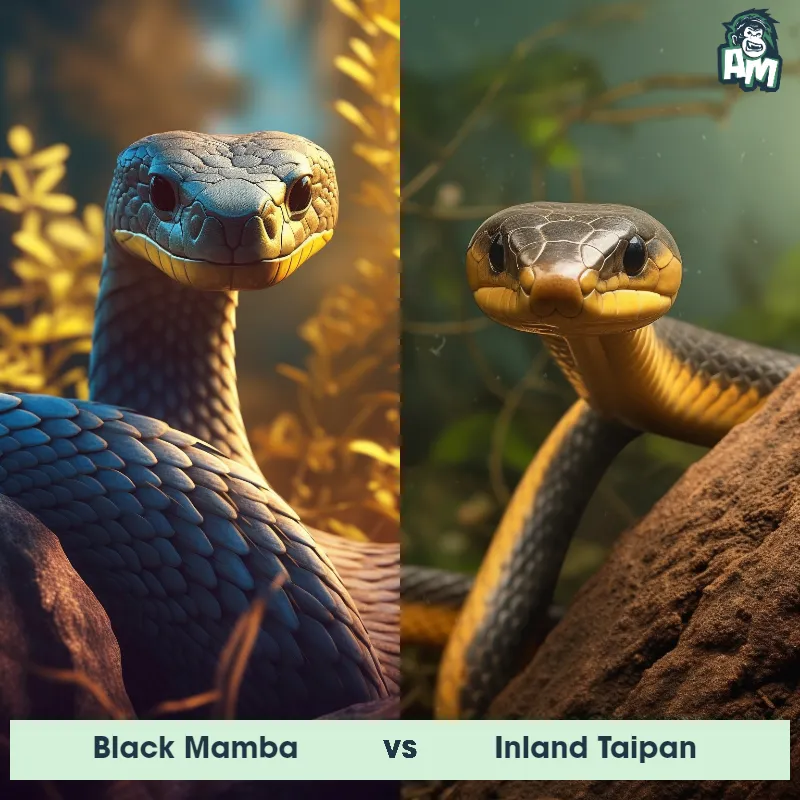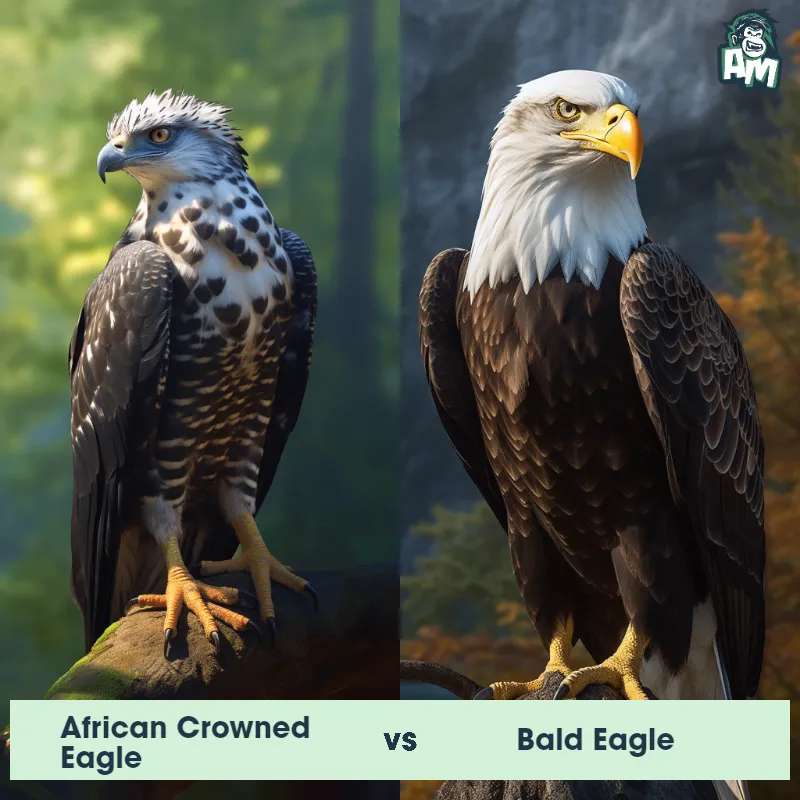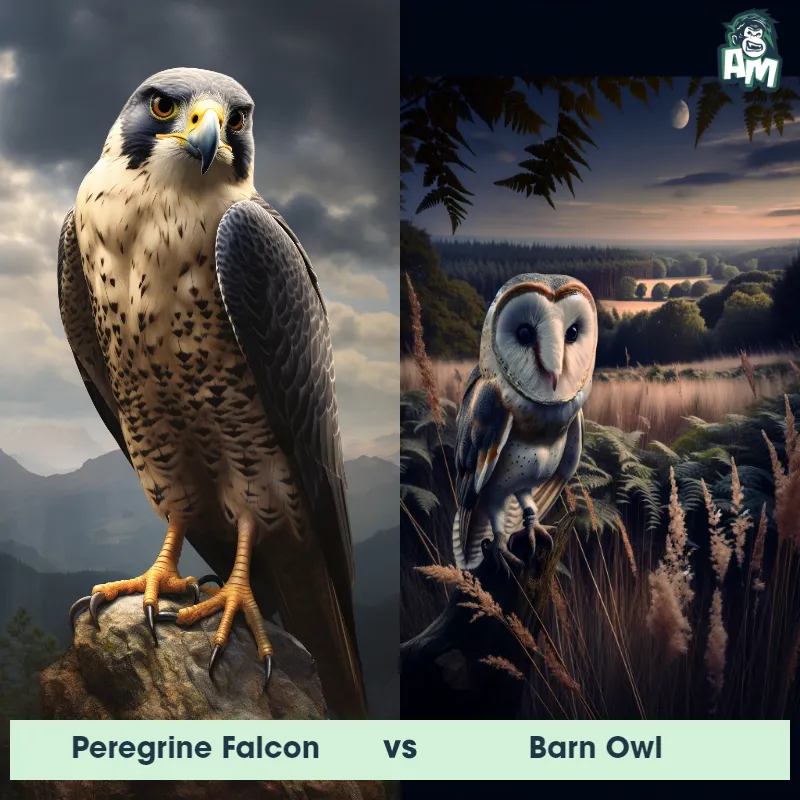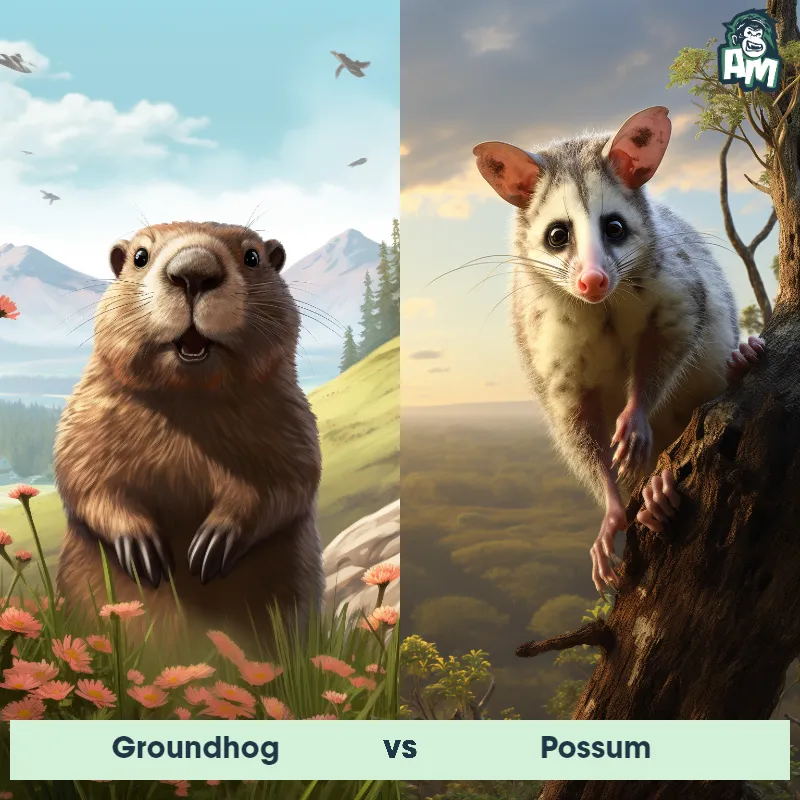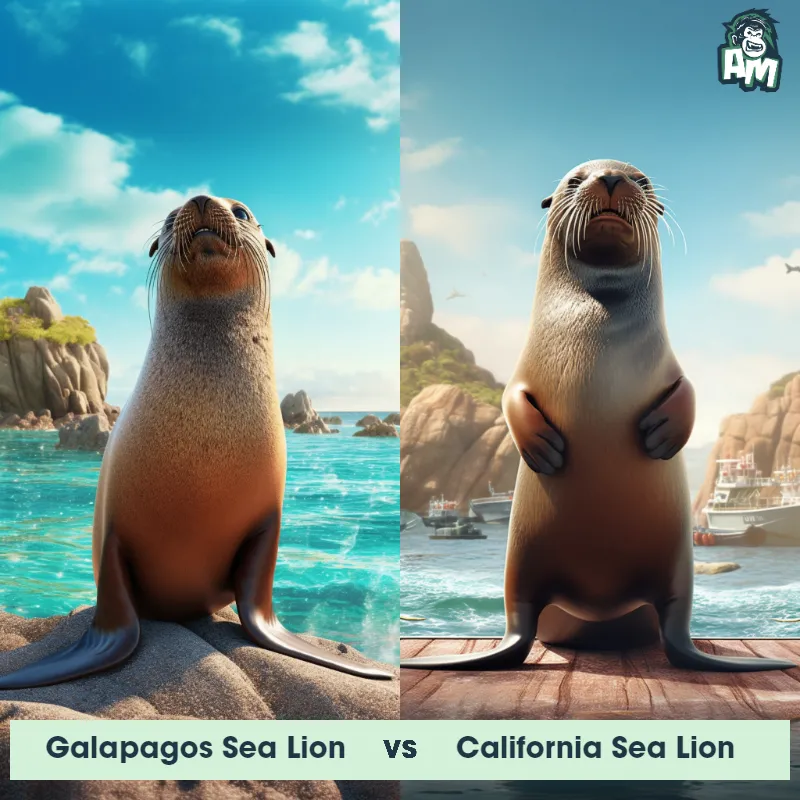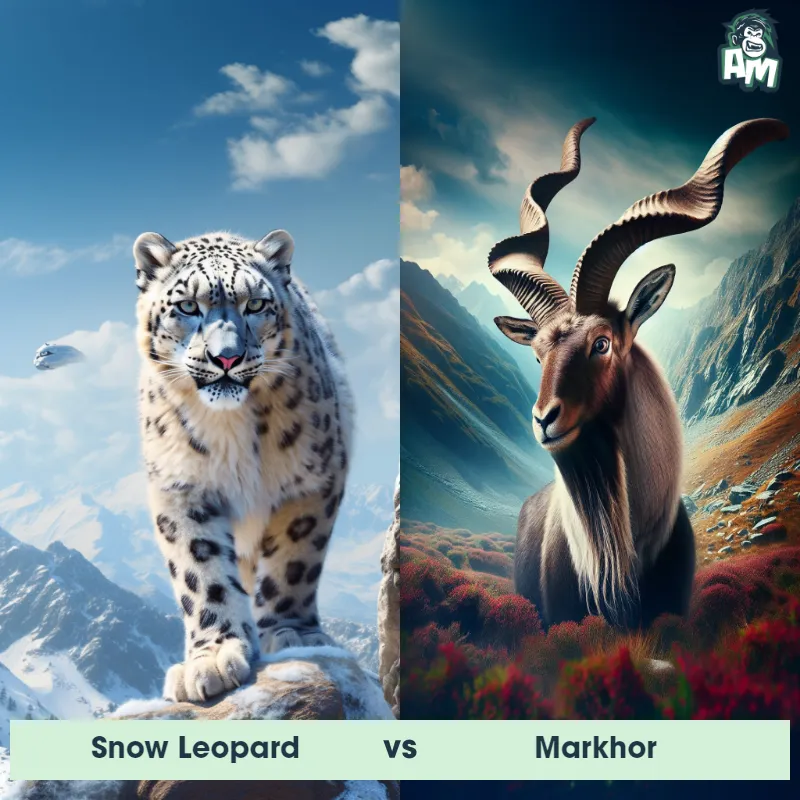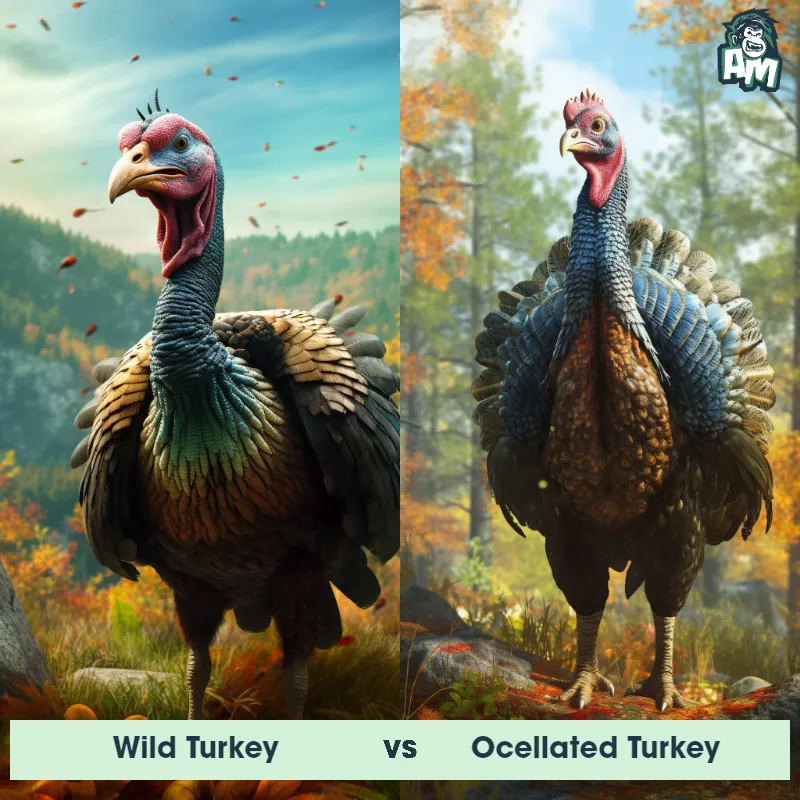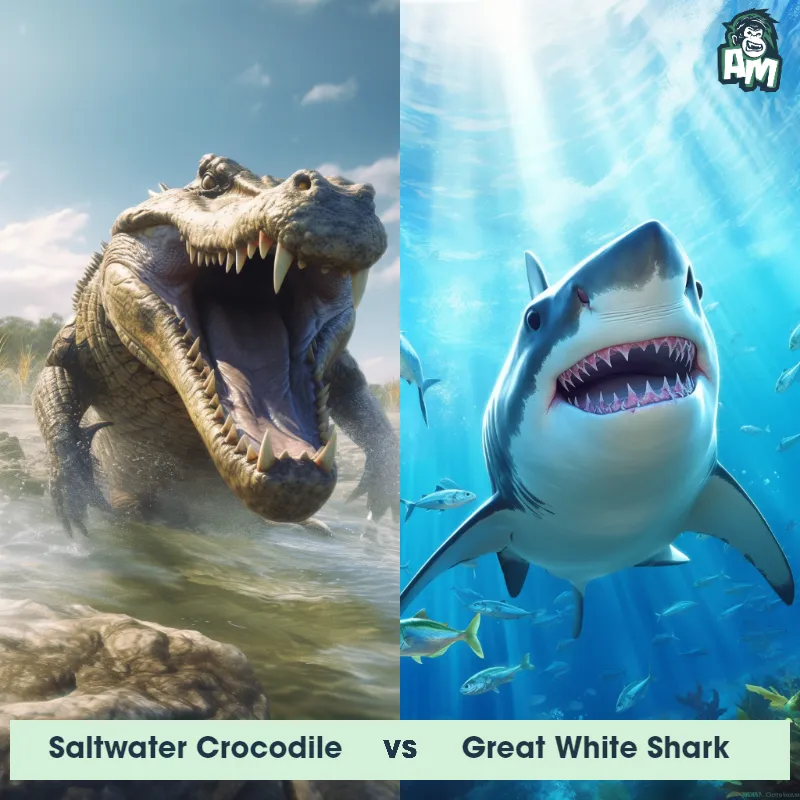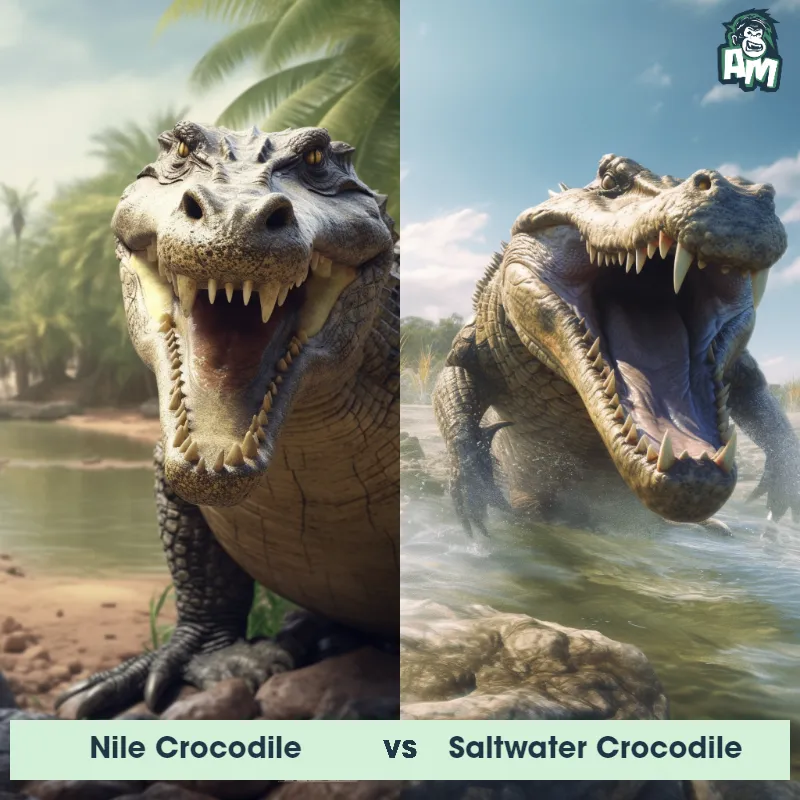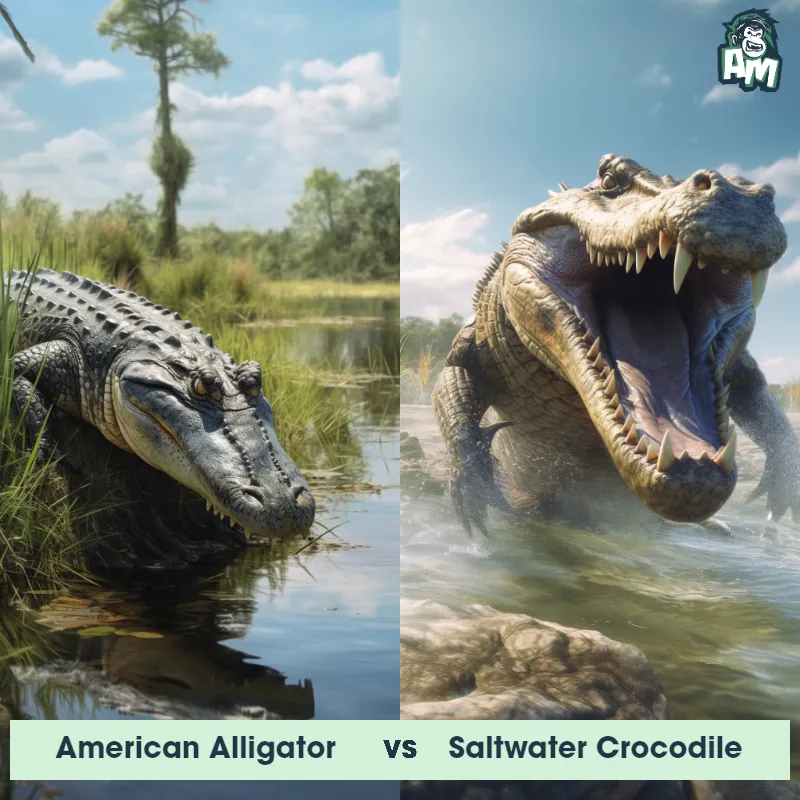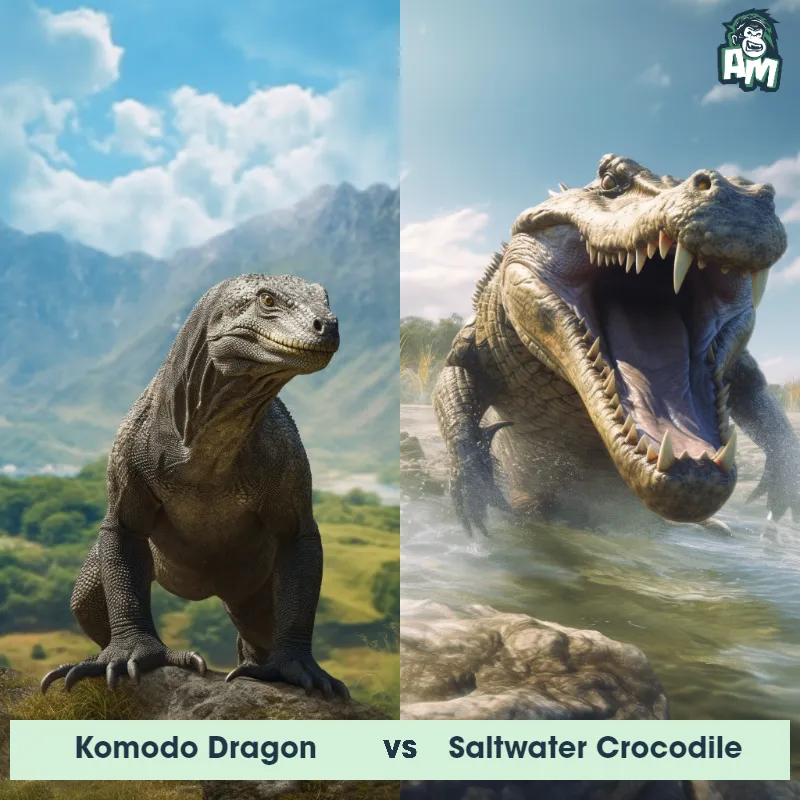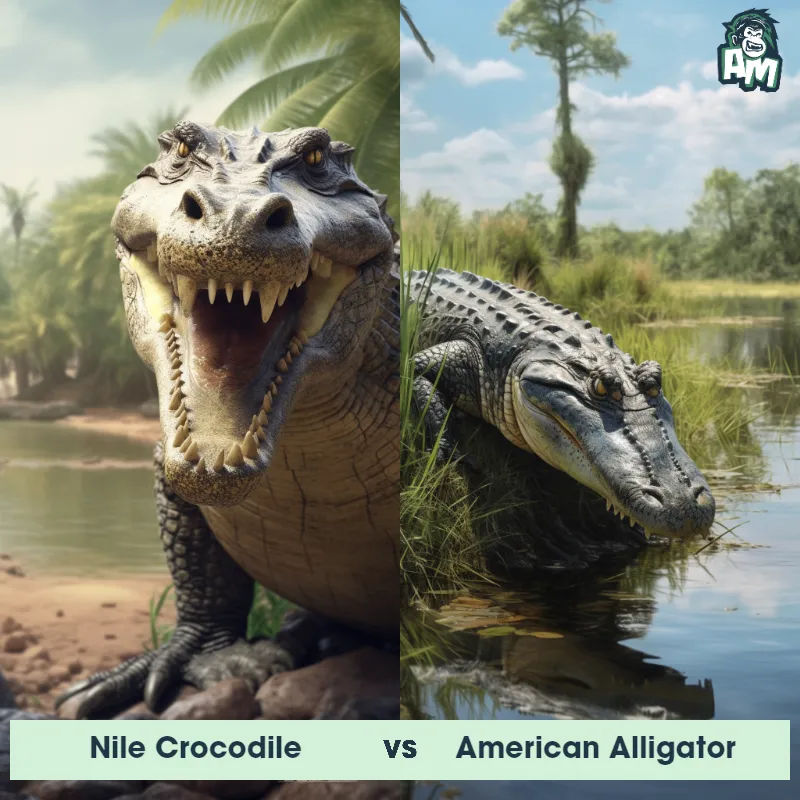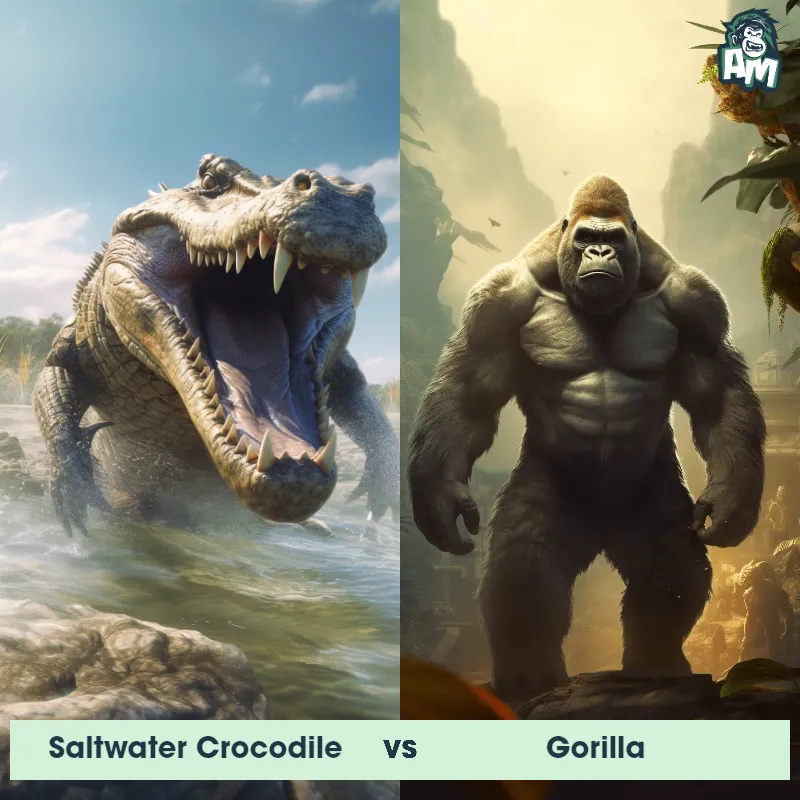Nile Crocodile vs LionSee Who Wins

Ladies and gentlemen, welcome to this thrilling matchup between two fierce rivals of the wilderness. Tonight, we have a breathtaking contest between a Nile Crocodile and a powerful Lion. Both these magnificent predators have stepped into the ring, ready to unleash their primal instincts and battle for supremacy.
Contender 1: Nile Crocodile
The Nile Crocodile, also known as the common crocodile, is a large reptile that can grow up to 20 feet long and weigh over 1,000 pounds. They have a powerful jaw with sharp teeth and a tough, scaly skin that ranges in color from gray to brown. Nile Crocodiles are found throughout sub-Saharan Africa and are known for their aggressive behavior and ability to take down large prey, including humans.
Fun Fact: Nile Crocodiles are known for their incredible strength and are capable of dragging prey weighing up to 1,000 pounds out of the water and onto land.
Contender 2: Lion
The lion, often referred to as the 'king of the jungle,' is a large, powerfully built cat known for its tawny coat and, in males, a magnificent mane. They are native to Africa and a small region in western India. Adult male lions can weigh up to 420 pounds, while females, who are primarily responsible for hunting, are slightly smaller. Lions are social animals and live in groups called prides, which are usually composed of related females, their cubs, and a small number of adult males.
![[object Object] Gif](https://tenor.com/view/lion-yawning-yawn-tired-exhausted-gif-12230852.gif)
Fun Fact: Lions are the most socially inclined of all wild felids, most of which remain quite solitary in nature.
Matchup Stats
| Nile Crocodile | Lion | |
|---|---|---|
| Size | Up to 20 feet (6.1 meters) | 4.5 to 6.5 feet long (body length), 3.5 to 4 feet tall at the shoulder (1.4 to 2 meters long, 1 to 1.2 meters tall) |
| Weight | Over 1,000 pounds (453.6 kilograms) | Up to 420 pounds (190 kilograms) |
| Speed | Land Speed: 11 mph (18 km/hr) | 50mph (80km/h) |
| Key Strength | Powerful jaw and strong bite force | Powerful build, strong jaws, sharp claws |
| Biggest Weakness | Slow on land and vulnerable to attacks on the underside of its body | Less agile compared to other big cats, dependent on strength and power |
Current Votes
Nile Crocodile vs Lion
See Who Wins
View More Matches
Looking For More?
Similar Matches
Scientific Stats
| Nile Crocodile | Lion | |
|---|---|---|
| Scientific Name | Crocodylus niloticus | Panthera leo |
| Family | Crocodylidae | Felidae |
| Habitat | Freshwater rivers, lakes, and marshes | Grasslands, savannas, dense bush, and woodlands |
| Geography | Sub-Saharan Africa | Africa and a small region in western India |
| Diet | Carnivorous, eats fish, birds, mammals, and occasionally humans | Carnivorous, primarily large ungulates |
| Lifespan | 70 years - 100 years | 10 years - 14 years |
Key Differences between Nile Crocodile and Lion
- Tail shape: Crocodiles have a robust, muscular tail adapted for powerful swimming strokes and propulsion in water, while Lions have a tufted tail ending in a bushy black tuft, used for signaling and communication within their social groups.
- Head shape: The crocodile possesses a long, narrow snout with sharp teeth and protruding eyes positioned on the top of the head for optimal surface level vision, whereas Lions have a broad, rounded head with a distinct muzzle and forward-facing eyes for better depth perception.
- Color: Nile Crocodiles have dark greenish-brown coloration, often with lighter underbellies, while Lions have a tawny yellowish-brown color, with noticeable variations among individuals.
- Body shape: The Nile Crocodile has a long and streamlined body adapted for swimming, with a low-slung profile, whereas Lions have a more robust and muscular build, adapted for hunting on land.
- Skin texture: Nile Crocodiles have scaly, armored skin with osteoderms or bony plates providing protection, whereas Lions have smooth, fur-covered skin with variations in coloration and patterns depending on subspecies.
- Size: The Nile Crocodile is significantly larger than the Lion, with adult males reaching lengths of up to 20 feet and weighing around 1,000 kilograms, whereas Lions have an average length of 6 to 8 feet and weigh around 200 to 250 kilograms.



